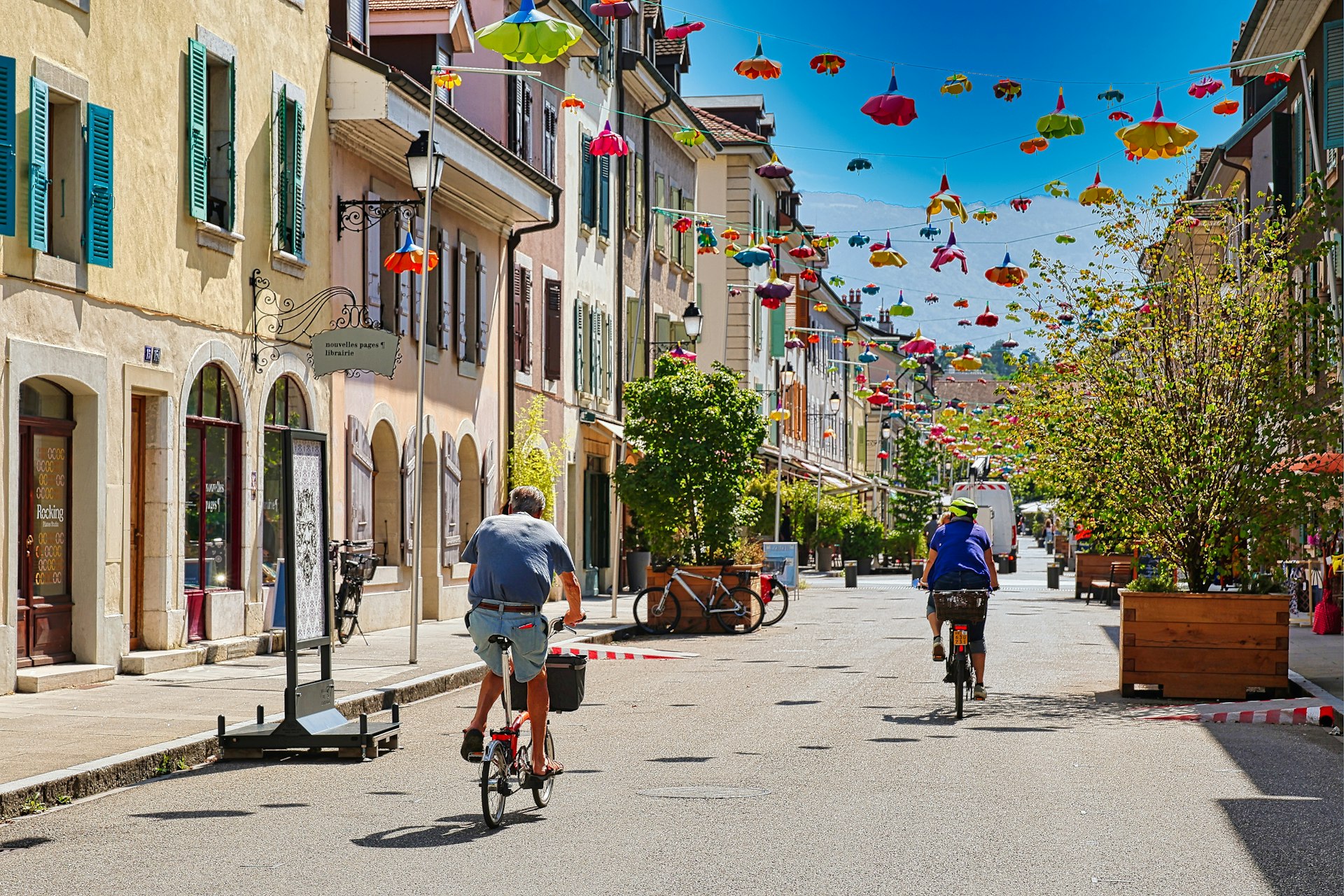How to Plan Eco-Conscious Camping and Trekking Experiences: Your Guide to Responsible Outdoor Adventure

Photo by Jaime Dantas on Unsplash
Introduction: The Rise of Eco-Conscious Camping and Trekking
Eco-conscious camping and trekking experiences have become increasingly popular among outdoor enthusiasts who wish to enjoy nature without leaving a negative footprint. By following sustainable practices, travelers can protect fragile ecosystems, support local communities, and ensure that wild places remain pristine for generations to come. This guide explores actionable steps, real-world examples, and expert advice for planning responsible outdoor adventures.
Why Eco-Conscious Camping and Trekking Matter
Traditional trekking and camping can sometimes lead to overcrowded trails, habitat disruption, and increased waste. In contrast, eco-conscious experiences emphasize minimizing environmental impact, raising awareness of conservation needs, and contributing positively to local economies. Many organizations and destinations now prioritize sustainability to preserve natural and cultural heritage [1] .
Principles of Responsible Outdoor Adventure
Adopting a sustainable approach to camping and trekking involves several core principles:
- Leave No Trace: Pack out all waste, avoid disturbing wildlife, and stay on designated trails to prevent erosion and habitat loss [1] .
- Support Local Communities: Choose local guides, buy goods from local vendors, and seek out community-based tourism programs that give back [1] .
- Use Sustainable Gear: Opt for reusable, durable equipment and avoid single-use plastics. Select eco-certified brands and gear designed for low impact [2] .
- Travel Smart: Use public transportation, carpool, or travel by bike when possible to reduce emissions [5] .
Essential Steps for Planning an Eco-Conscious Trip
1. Choose Sustainable Destinations and Operators
Select trekking routes and campsites that are managed with sustainability in mind. For example, some tour operators like Alpaca Expeditions on the Inca Trail incorporate eco-friendly practices, such as employing local guides, using sustainable materials, and educating visitors on conservation [1] . Similarly, Trolltunga Adventures in Norway prepares all sleeping gear in advance to avoid disposable waste and includes shared transportation to lower emissions [2] .

Photo by saiid bel on Unsplash
When booking, look for certifications such as Green Key, EarthCheck, or LEED, which indicate adherence to high environmental standards [5] .
2. Pack Responsibly and Minimize Waste
Bring reusable water bottles, food containers, and utensils. Avoid single-use plastics and select biodegradable toiletries. Carefully plan meals to reduce packaging and food waste. Many sustainable trekking providers supply eco-friendly gear and encourage packing light to further minimize impact [2] .
3. Respect Wildlife and Local Environments
Observe animals from a distance; never feed wildlife, as this disrupts natural behaviors and diets. Stick to established trails to protect delicate plants and avoid trampling habitats. Use nature-friendly products and dispose of waste properly, following local regulations [3] .
4. Engage with and Support Local Communities
Participating in guided tours with local operators ensures that your spending directly benefits nearby residents. This can include hiring local guides, purchasing handmade crafts, and eating at locally owned establishments. Some eco-tour operators also invest in community projects or conservation initiatives [1] .
Real-World Examples of Eco-Conscious Trekking
Alpaca Expeditions: The Inca Trail
Alpaca Expeditions is renowned for its commitment to sustainability on Peru’s Inca Trail. The company trains guides in environmental stewardship, prioritizes local employment, and uses eco-friendly camping setups. All trekkers receive orientation on “Leave No Trace” practices, and the operator actively participates in waste management and community upliftment programs [1] .
Trolltunga Adventures: Norway’s Iconic Cliff
Trolltunga Adventures reduces environmental impact by providing group transportation between trailheads, minimizing vehicle traffic. All camping gear is pre-set in durable tents to avoid the need for disposable equipment. Guests are encouraged to use reusable bottles and respect the pristine Nordic environment, ensuring that the area remains unspoiled for future visitors [2] .
Global Eco-Trekking Destinations
Eco-trekking opportunities exist worldwide, from Norway’s fjords to the forests of North America and the jungles of Southeast Asia. Many destinations now actively manage visitor numbers to prevent overcrowding and environmental degradation. Research the rules and restrictions of your chosen area, and consider traveling during off-peak times to further reduce your impact [4] .
Step-by-Step Guide to Planning Your Eco-Conscious Adventure
- Research Destinations and Operators: Use reputable travel blogs, sustainable tourism websites, and official park pages to identify eco-friendly options. Look for certifications and positive reviews related to environmental practices.
- Plan Your Transport: Choose public transit or shared shuttles to trailheads wherever available. If driving, carpool to minimize vehicles on the road.
- Book Directly with Local Providers: This ensures your money supports the local economy. Seek out community-based tourism programs for authentic experiences.
- Prepare Eco-Friendly Gear: Bring only essentials. Use reusable and biodegradable products. If you need new gear, consider borrowing, renting, or purchasing from eco-certified brands.
- Educate Yourself: Learn about the local environment, regulations, and cultural etiquette. Many eco-tour operators offer orientation sessions or educational materials before your trip [1] .
- Respect Nature and People: Follow all posted guidelines, treat local residents with respect, and leave areas as you found them. Participate in conservation or community initiatives if available.
Overcoming Challenges in Eco-Conscious Camping and Trekking
Some travelers may find it challenging to access certified eco-friendly gear or to identify truly sustainable operators. To address this, consider the following alternatives:
- Borrow or rent equipment from local outfitters rather than buying new items.
- Contact national park offices or tourism boards for lists of recommended, sustainable operators.
- If certifications are not available, ask providers about their environmental policies, waste management practices, and community involvement.
- Plan trips during off-peak periods to avoid contributing to trail congestion and overuse.
Key Takeaways and Next Steps
Eco-conscious camping and trekking are not just trends-they are necessary approaches for anyone who values the outdoors. By choosing sustainable operators, packing responsibly, supporting local communities, and respecting nature, you can enjoy meaningful adventures while helping preserve the planet. If you’re unsure where to start, consider searching for
“sustainable tour operators”
or
“eco-certified campsites”
in your target destination, and use local tourism boards as resources for verified recommendations.
References
- [1] Alpaca Expeditions (2024). Inca Trail Sustainability: Eco-Friendly Practices and Responsible Tourism.
- [2] Trolltunga Adventures (2024). Sustainable Travel with Trolltunga Adventures.
- [3] ForestNation (2024). Sustainable Trekking Guide: Eco-Friendly Activities.
- [4] EcoHotels.com (2024). Eco-Trekking: Low-Impact Exploration.
- [5] Considerate Consumer (2024). Eco-Friendly Holidays – Camping & Hiking.



